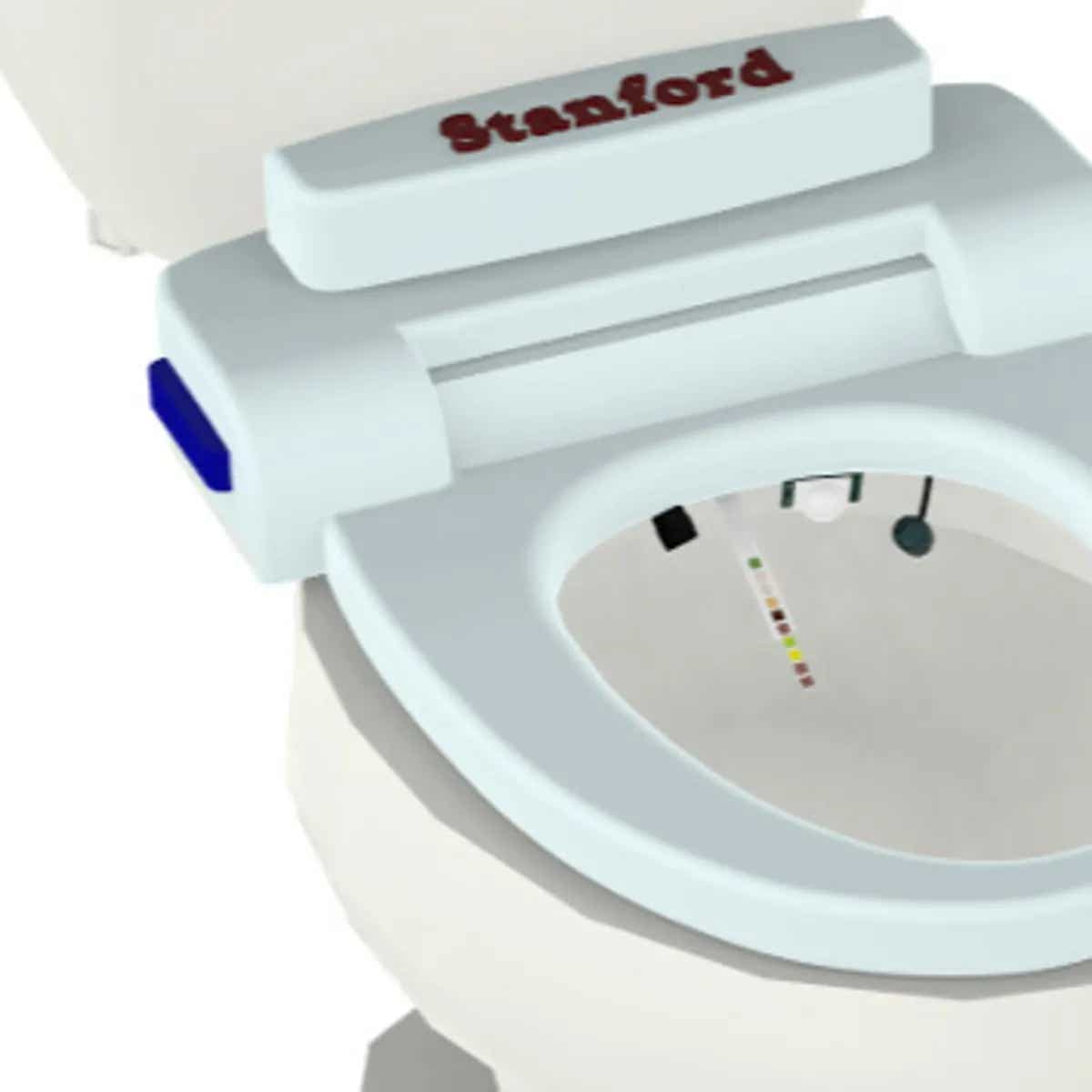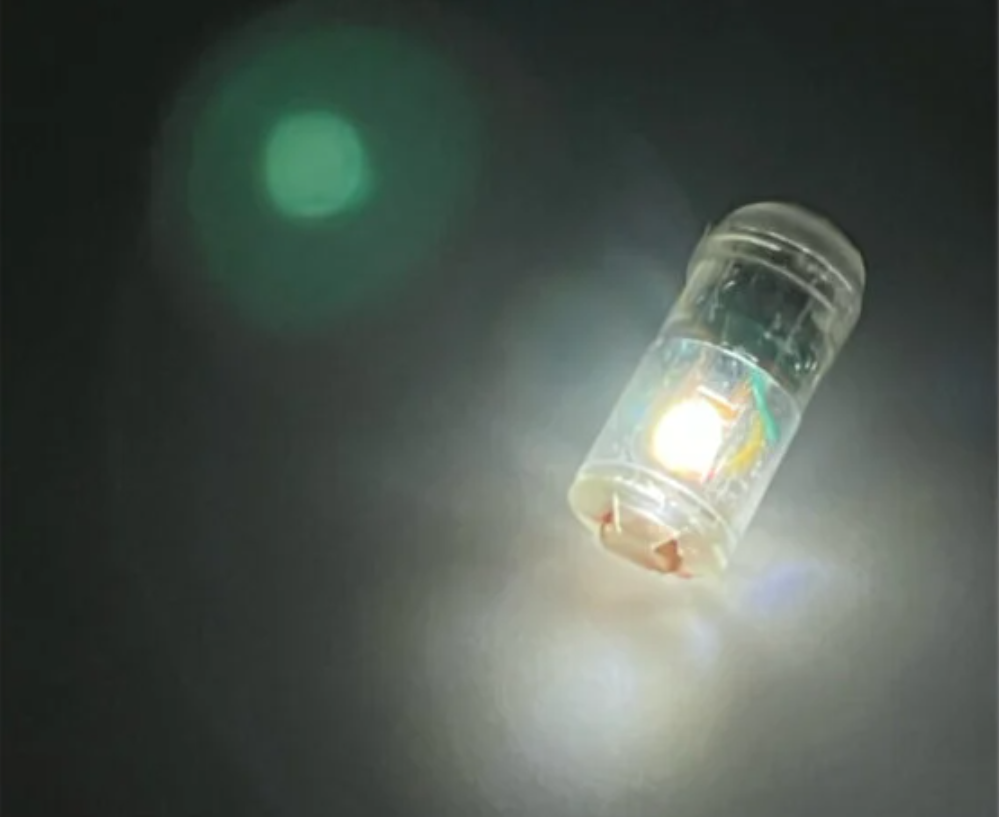‘Smart toilet’ monitors for signs of disease, Stanford research finds
The device, an ordinary toilet fitted with gadgets in the bowl, is useful for individuals who are predisposed to certain conditions.

[Dec 31, 2022: JD Shavit, The Brighter Side of News]
The device, which is an ordinary toilet fitted with gadgets in the bowl, could be particularly useful for individuals who are genetically predisposed to certain conditions and want to keep track of their health. (Credit: Creative Commons)
A new disease-detecting technology developed by Sanjiv Gambhir, MD PhD and his team at Stanford University is using a smart toilet to detect a range of disease markers in urine and stool samples.
The device, which is an ordinary toilet fitted with gadgets in the bowl, could be particularly useful for individuals who are genetically predisposed to certain conditions and want to keep track of their health.
The toilet uses motion sensing to deploy tests that assess the health of any deposits, with urine samples undergoing physical and molecular analysis and stool assessment based on physical characteristics.
“Our concept dates back well over 15 years,” said Gambhir, professor and chair of radiology. “When I’d bring it up, people would sort of laugh because it seemed like an interesting idea, but also a bit odd.” With a pilot study of 21 participants now completed, Gambhir and his team have made their vision of a precision health-focused smart toilet a reality.
Gambhir’s toilet is an ordinary toilet outfitted with gadgets inside the bowl. These tools, a suite of different technologies, use motion sensing to deploy a mixture of tests that assess the health of any deposits. Urine samples undergo physical and molecular analysis; stool assessment is based on physical characteristics.
Related Stories
The data collected from samples taken in the smart toilet are automatically sent to a secure cloud-based system for storage.
According to Gambhir, the system has the potential to be integrated into the record-keeping systems of healthcare providers for convenient access in the future.
The research on this technology was published in the journal Nature Biomedical Engineering, with Gambhir serving as the senior author and Seung-min Park, David Won, and Brian Lee as lead authors.
Pulling double duty
The smart toilet is a new technology that falls under the category of continuous health monitoring, similar to wearables like smart watches. However, unlike wearables, the smart toilet cannot be taken off and is used by everyone, making it an effective disease-detecting device.
The toilet is equipped with various gadgets inside the bowl that use motion sensing to test the health of urine and stool samples. The data collected from these samples is sent to a secure cloud-based system for safekeeping and can potentially be integrated into a healthcare provider's record-keeping system for easy access in the future.
The toilet's extensions, or add-ons, are equipped with technologies that search for signs of disease. Urine and stool samples are analyzed through video processing and algorithms that can distinguish normal from abnormal urodynamic and stool consistencies.
In addition to physical analysis, the toilet also uses uranalysis strips to measure molecular features that may indicate a range of diseases. Currently, the toilet can measure 10 different biomarkers.
The smart toilet automatically sends data extracted from any sample to a secure, cloud-based system for safekeeping. (CREDIT: James Strommer)
The smart toilet has only been tested by a small group of 21 participants over a period of several months, and the team conducted a survey of 300 potential users to gauge acceptance of the technology. 37% of those surveyed expressed some level of comfort with the idea, while 15% indicated that they were "very comfortable" with using the toilet for disease detection purposes.
ID please
The smart toilet is equipped with an identification system to ensure that the health data collected is specific to the individual user. To accomplish this, the toilet has a fingerprint scanner located on the flush lever and a small scanner that captures an image of the user's anus. “We know it seems weird, but as it turns out, your anal print is unique,” Gambhir said.
The research team say they need to adapt the urine analysis device, as it is currently set for standing up. (CREDIT: Seung-min Park/Stanford University's School of Medicine/PA)
These scans are used solely for identification purposes and are not shared with anyone, including the user's healthcare team. In the event that the toilet detects something concerning, like blood in the urine, it can send an alert to the user's healthcare provider through a privacy-protected app, allowing professionals to determine the appropriate next steps for a proper diagnosis.
“The whole point is to provide precise, individualized health feedback, so we needed to make sure the toilet could discern between users,” Gambhir said. “To do so, we made a flush lever that reads fingerprints.”
By no means is this toilet a replacement for a doctor, or even a diagnosis, Gambhir said. In fact, in many cases, the toilet won’t ever report data to the individual user. In an ideal scenario, should something questionable arise — like blood in the urine — an app fitted with privacy protection would send an alert to the user’s health care team, allowing professionals to determine the next steps for a proper diagnosis.
The data would be stored in a secure, cloud-based system. Data protection, both in terms of identification and sample analyses, is a crucial piece of this research, Gambhir said. “We have taken rigorous steps to ensure that all the information is de-identified when it’s sent to the cloud and that the information — when sent to health care providers — is protected under HIPAA,” he said, referring to the Health Insurance Portability and Accountability Act, which restricts the disclosure of health care records.
Smart toilet 2.0
Sanjiv Gambhir and his team are continuing to develop their smart toilet technology, with a focus on increasing the number of participants and refining the technologies that are already in use. They are also looking to integrate molecular features into stool analysis and are working to individualize the tests that the toilet deploys based on the specific needs of the user.
In addition, Gambhir is working to further develop molecular analysis for stool samples. The goal of the smart toilet is to harness a source of data that is often ignored and to provide precise, individualized health feedback to users without requiring them to do anything differently.
Note: Materials provided above by the The Brighter Side of News. Content may be edited for style and length.
Like these kind of feel good stories? Get the Brighter Side of News' newsletter.



